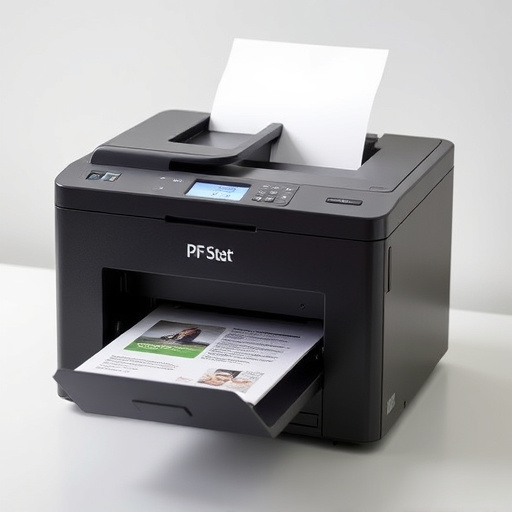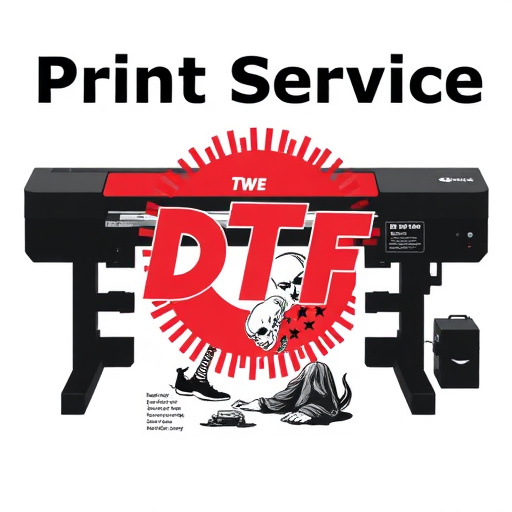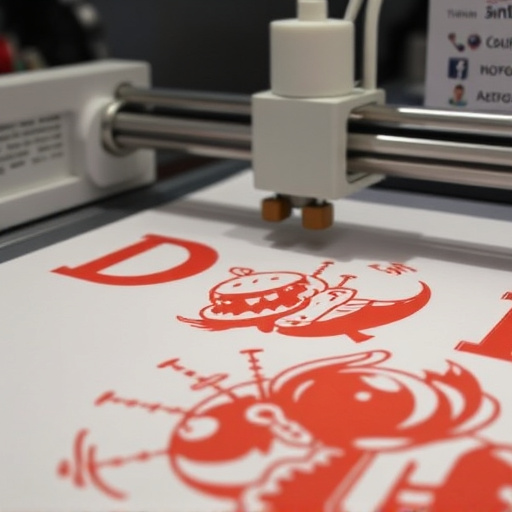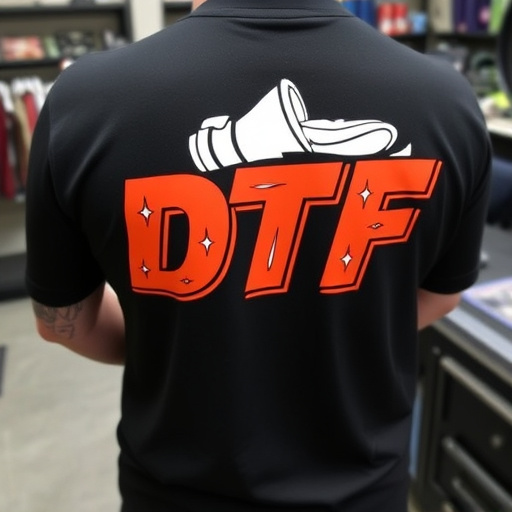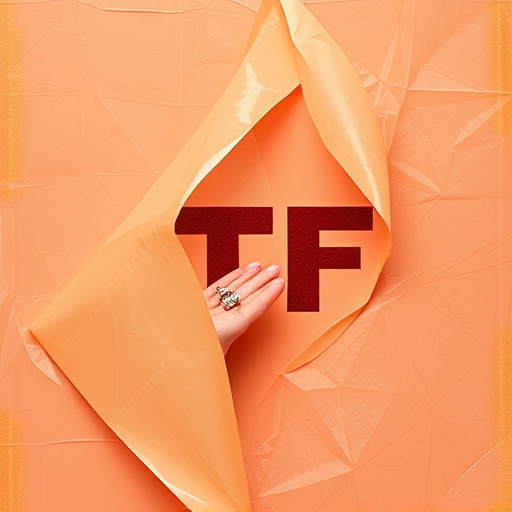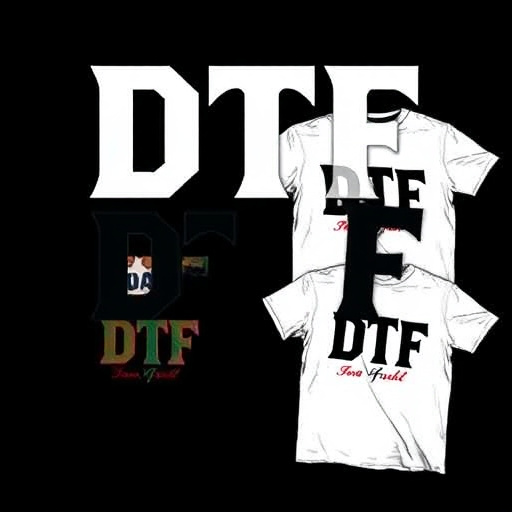Direct-to-Film (DTF) Transfers revolutionize printing by applying custom designs directly to materials, especially garments, with faster production, flexible design options, and compatibility across diverse substrates. Choosing the right materials, such as cotton or polyester, is crucial for optimal transfer acceptance. Efficient packaging using custom foam inserts and eco-friendly materials protects designs and enhances customer experiences, showcasing DTF printing's advanced capabilities.
“Discover the art of seamless order packaging with Direct-to-Film Transfers (DTFT) – a game-changer in the e-commerce industry. This comprehensive guide unravels the process, from understanding DTFT technology to selecting ideal materials for exceptional results. Learn efficient packaging techniques that blend protective functionality with visual appeal, ensuring your products arrive safely and stylishly. Embrace the power of DTFT to elevate your brand’s unboxing experience.”
- Understanding Direct-to-Film Transfers: A Comprehensive Guide
- Choosing the Right Materials for Optimal Results
- Efficient Packaging Techniques: Maximizing Protection and Aesthetics
Understanding Direct-to-Film Transfers: A Comprehensive Guide
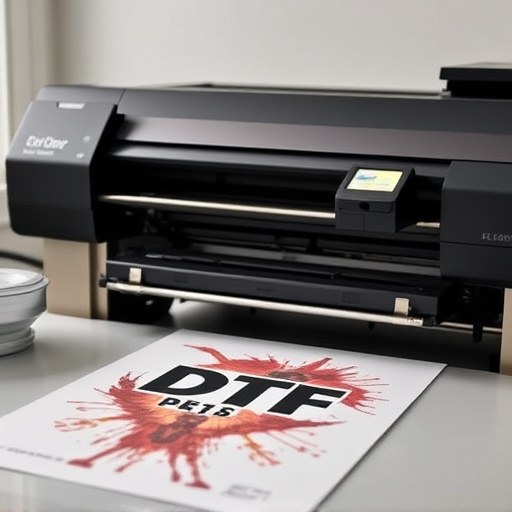
Direct-to-Film (DTF) Transfers are a cutting-edge technology that allows for precise and high-quality printing directly onto various materials, most commonly garments. This innovative method revolutionizes the way custom designs are applied, eliminating the need for traditional screen printing or heat pressing methods. DTF involves using specialized software to create or edit artwork, which is then transferred onto a film that acts as an intermediary between the design and the substrate.
This process offers several advantages, including faster production times, greater flexibility in design complexity, and the ability to print on a wide range of materials without the limitations often associated with traditional printing techniques. Custom sheets for heat pressing designs onto garments can be effortlessly converted into DTF transfers, making it an appealing option for businesses catering to dynamic fashion trends and personalized customer demands. Understanding the capabilities and nuances of Direct-to-Film Transfers is essential in leveraging this technology to its fullest potential.
Choosing the Right Materials for Optimal Results
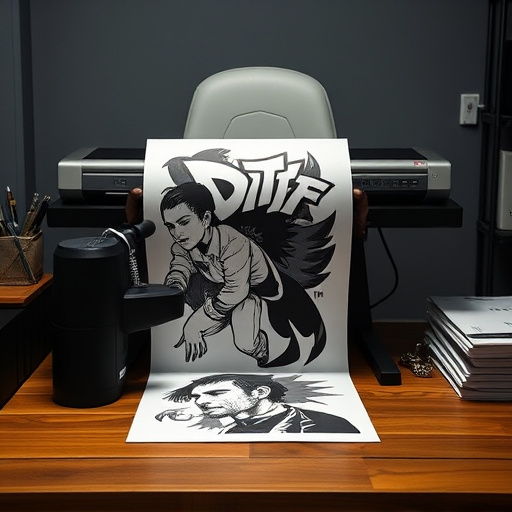
When packaging orders with Direct-to-Film (DTF) transfers, selecting the right materials is paramount for achieving optimal results. The key lies in choosing high-quality films and application tools that are compatible with your chosen DTF transfer method. For instance, a cold peel dtf transfer requires specific adhesive properties to ensure easy removal from the backing without damaging the design. Similarly, heat press machines necessitate heat-resistant materials to withstand the temperature required for durable bonding.
The compatibility of these elements is crucial, especially when considering the type of fabric or surface where the transfer will be applied. Natural and synthetic fabrics have varying compositions that affect how they accept and retain transfers. For instance, cotton offers a more porous surface ideal for dtf transfers, while smoother materials like polyester may require specialized films to achieve a lasting bond. Thus, understanding your target substrate is essential in selecting the right DTF transfer method and materials to ensure longevity and vibrancy of the design.
Efficient Packaging Techniques: Maximizing Protection and Aesthetics
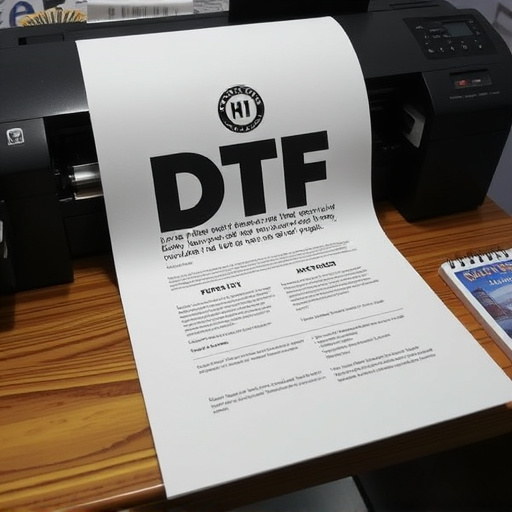
Efficient packaging techniques are essential when utilizing Direct-to-Film (DTF) transfers for t-shirts and other merchandise. By optimizing the packing process, businesses can ensure their products arrive safely while maintaining a visually appealing presentation. One effective strategy is to use custom-cut foam inserts tailored to the specific product dimensions. This method provides crucial protection against crushing during transit, especially for delicate designs or intricate details that a dtf printer brings to life on fabric.
Additionally, choosing the right packaging materials can enhance the overall aesthetic appeal. For instance, using recyclable paper or cardboard boxes with custom branding and vibrant colors can create a memorable unboxing experience. Incorporating sleek, branded tissue paper or cotton fill inside the package adds a touch of luxury. These simple yet powerful techniques not only protect the items but also elevate the brand’s image, leaving a positive impression on customers who receive their orders, all while showcasing the capabilities of the direct to film printer.
Direct-to-Film Transfers offer a powerful solution for packaging orders, combining exceptional protection with visually appealing results. By understanding the technology, selecting the right materials, and employing efficient packaging techniques, businesses can enhance customer satisfaction while showcasing their brand effectively. Incorporating Direct-to-Film Transfers into your packaging strategy is a game-changer that leverages both functionality and aesthetics in today’s competitive market.






